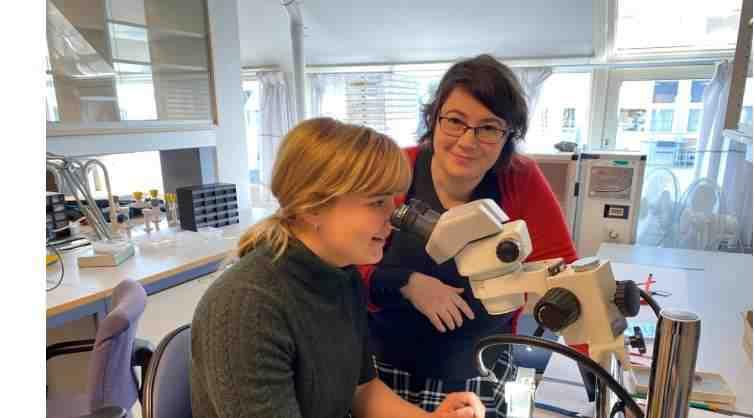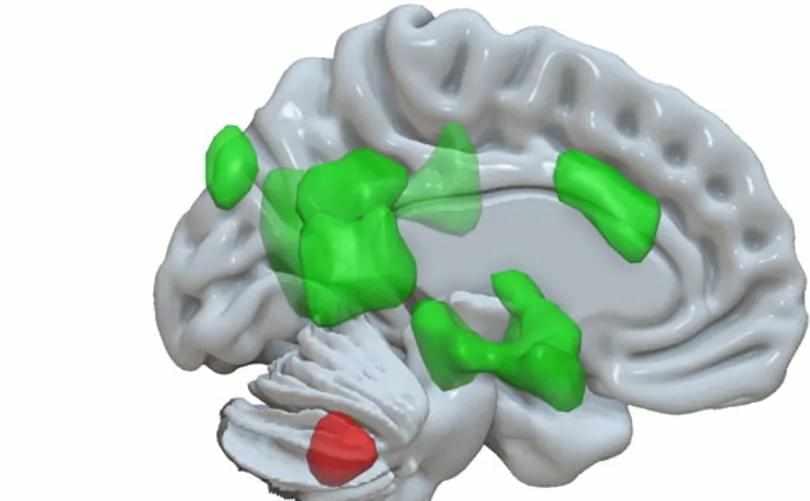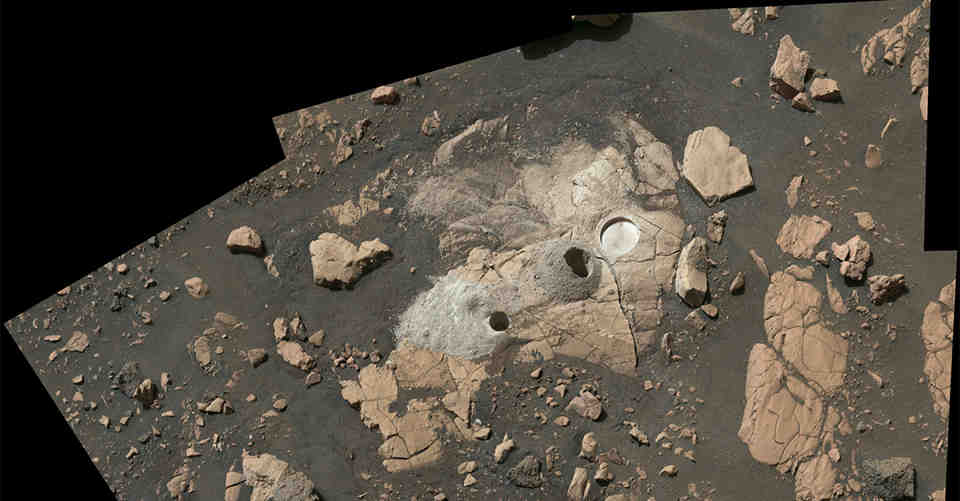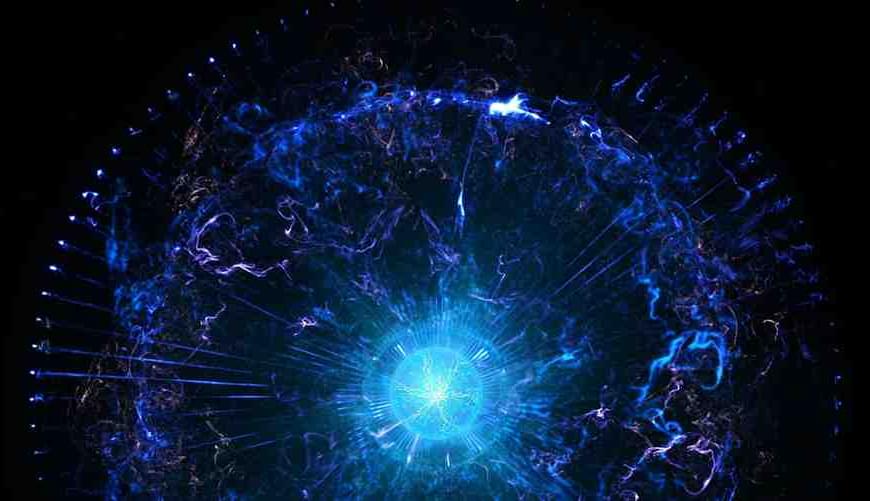Are you impressed when NASA manages to calculate the time and speed of a rocket’s trajectory? A new study from the University of Oslo shows that…







The fact that our actions have an impact on the large number of people who will live after us should matter for how we think about our own lives. Those who ask themselves what they can do to act responsibly towards those who will live in the future call themselves ‘longtermists.’ Longtermism is the ethical view that we should act in ways that reduce the risks that endanger our future, and in ways that make the long-term future go well.1
Before we look ahead, let’s look back. How many came before us? How many humans have ever lived?
It is not possible to answer this question precisely, but demographers Toshiko Kaneda and Carl Haub have tackled the question using the historical knowledge that we do have.

CEO Elon Musk unveiled two prototypes of the Tesla robot at his company’s second annual AI Day — and while the bots are nowhere near as impressive as some of the humanoids we’ve seen before, they could have a bigger impact on the future of work.
The Tesla robot: In 2021, Tesla held its first AI Day, a livestreamed event to present its latest developments in AI hardware and software, with a focus on Tesla cars’ Autopilot system.
Near the end of the event, Tesla presented a short video of a sleek, humanoid robot — and then a person dressed like the robot walked onto the stage and broke into dance.

Is this a sign of nuclear escalation?
A top-of-the-line Russian nuclear-powered submarine has gone missing from its harbor in the Arctic along with its rumored “doomsday weapon,” according to multiple reports.
NATO has reportedly warned members that Russia’s Belgorod submarine no longer appeared to be operating out of its White Sea base, where it has been active since July. Officials warned that Russia may plan to test Belgorod’s “Poseidon” weapons system, a drone equipped with a nuclear bomb that Russia has claimed is capable of creating a “radioactive tsunami,” according to Italian media.
The drone can be deployed from the submarine at any time and detonated at a depth of 1 kilometer near a coastal city. Russian state media has claimed the device can create a 1,600-ft. wave that smashes into the coast and irradiates it.

Summary: Administering a chemical compound called synthetic retinoids to the retina helped restore brain networks associated with vision and prompted the growth of two times more neurons, effectively restoring vision in adult mouse models of the genetic visual disorder LCA.
Source: UC Irvine.
A discovery about how some visually impaired adults could start to see offers a new vision of the brain’s possibilities.